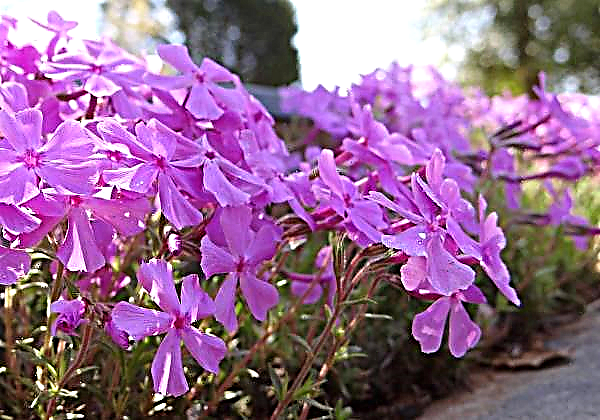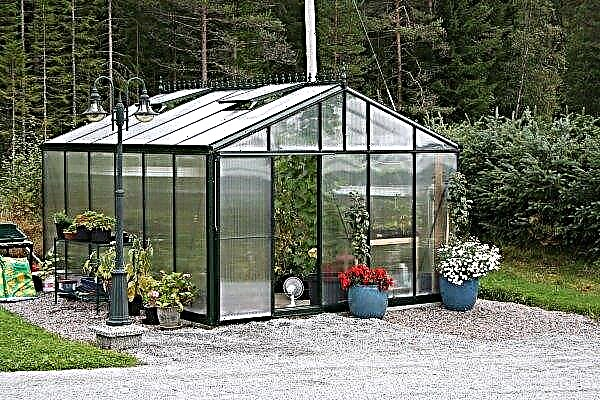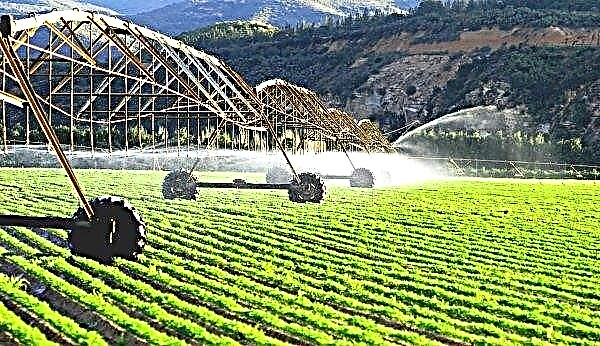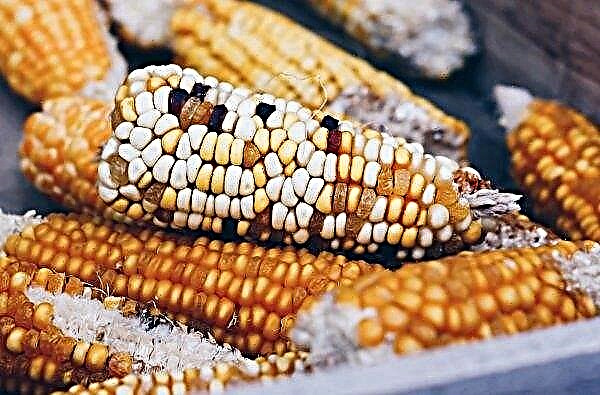An increasing number of American farmers, suffering from low grain prices and the threat of a protracted trade war with China, are looking for salvation in a case that until recently was illegal - growing hemp.
In the United States, interest in cannabis intensified with the adoption of a farm bill last December that excluded cannabis from the Federal Drug Control Agency’s list of controlled substances and placed it under the control of the USDA.
Unlike marijuana, industrial hemp does not contain a sufficient amount of a psychoactive chemical so that the consumer can experience a narcotic effect. The new rules require the USDA to issue cannabis licenses to farmers, but the USDA has not yet adjusted the process, but licenses are still issued in some states.

In 2017, 25,713 acres of land were planted with industrial hemp as part of the pilot programs approved by the 2014 Farm Bill; in 2018, the area under hemp increased to 78,176 acres, and this year this figure may double.
The hemp market in the USA is growing along with the supply. Sales of cannabis in the country in 2018 reached $ 1.1 billion, and by 2022, according to forecasts in Vote Hemp and the Hemp Business Journal, sales reached $ 1.9 billion.
A good hemp crop can bring a farmer about $ 750 per acre. For comparison, soybeans per acre bring no more than $ 150.

However, before they can make money on hemp, American farmers will have to study the science of producing an unfamiliar culture, deal with changing rules and other uncertainties.












